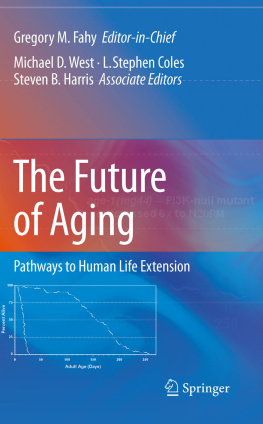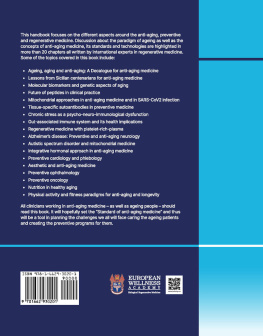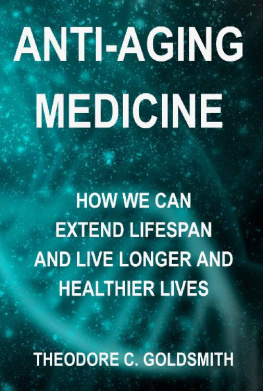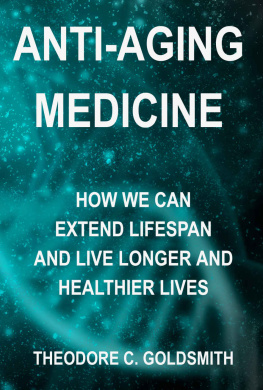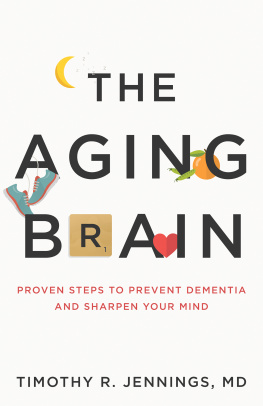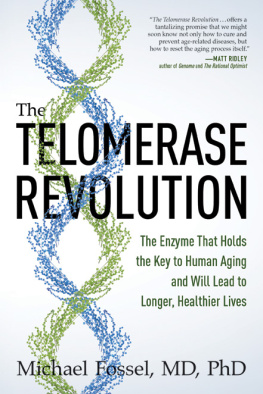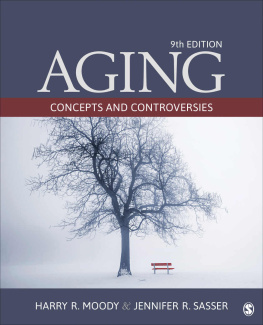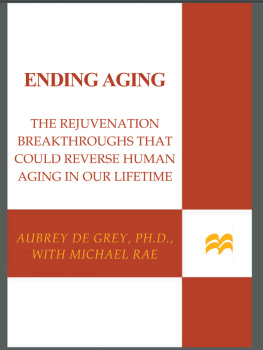Bridge one is what you can do right now to slow down aging and disease processes in order to increase your chances of remaining healthy until later bridges become manifest. We are only about 15 years from the maturation of the second bridge, and about 2025 years from the full realization of the third bridge. It is theoretically quite feasible, therefore, even for baby boomers to remain in good health until we get to the tipping point in life extension. Keep in mind that bridge one is a moving frontier: our knowledge of how to stay healthy and vital is rapidly accumulating. As our knowledge increases, bridge one will essentially morph into bridge two.
The best proven method of increasing lifespan across a broad range of animal species is caloric restriction. So, lets begin by looking at modified caloric restriction as one of the cornerstones of our bridge one therapies and then have a brief look at other suggestions for heading off aging changes. By following these simple suggestions, it is our goal to help individuals live long enough and remain in good health long enough to take full advantage of the more powerful bridge two and three technologies that will lead to more profound increases in human longevity in the decades ahead.
1.2.1 Caloric Restriction
Caloric Restriction (CR) involves eating less food while still maintaining adequate nutrition. As such, CR is different from starvation or famine. CR is scientifically the best-demonstrated intervention to safely increase longevity across a broad variety of species, including C. elegans, Drosophila, and mice, and to be tested for this effect in monkeys. Compared with controls eating ad libitum, CR animals have been shown to increase their average life expectancy as well as their maximum lifespan. More than 2,000 animal studies show dramatic results across many different species (Lane et al. ).
CR animals have more robust DNA-repairing enzymes. Random point mutations in DNA can lead to cancer and can accelerate other aging processes, so more effective DNA-repair enzymes would help explain the slower aging and lower rate of tumors in these animals (Licastro et al. ).
Of course, there is a limit to the degree to which CR can be done in an attempt to extend life. All CR animals eventually die. Because of the need to obtain adequate nutrients, it is not possible to reduce calories to one-third of normal levels and expect animals to live three times as long. It appears that, at least in the case of mammals such as rats, the optimal level of CR for longevity is about two-thirds of the calories that the animals would consume if they were eating ad libitum.
1.2.1.1 CR in Humans
A number of studies have demonstrated the potential benefit of CR for humans. For example, the people living in the Okinawa region of Japan have 40 times the number of centenarians compared with the Japanese mainland, and they experience very little serious disease before age 60 (Facchini et al..
The benefits of CR, whatever they may be, will apply only to your remaining life expectancy. If you are now 40 and have a remaining life expectancy of, say, 40 years, CR will only apply to that remaining period if you have not begun a CR program already. Therefore, in theory, the earlier you start CR, the greater the benefits. However, regardless of when you start, youll achieve the health benefits of maintaining a lower weight.
One of the biggest problems of using CR for human life extension, of course, is that it isnt pleasant. But Dr. C. Ronald Kahn, Executive Director of the Joslin Diabetes Center at Harvard Medical School, and his colleagues have created a mouse model that seems to enjoy at least some of the benefits of CR without requiring CR itself. These FIRKO (Fat-specific Insulin Receptor Knock Out) mice have been genetically modified such that they lack a single gene that controls insulins ability to allow adipocytes to store fat (Blher et al. ). Fortunately, many companies are now pursuing drugs that can block the fat insulin receptor and hopefully allow humans to gain benefits similar to those of FIRKO mice, without CR.
For now, we suggest a moderate form of CR, not as austere as the 35 percent reduction typically used in animal experiments. In Okinawa, it is customary to recite hara hachi bu (stomach 80 percent full) before eating. In other words, the Okinawans try to restrict calories about 20 percent, and this has translated into the longest life expectancy in the world.
We suggest the following guidelines:
Eat 20 percent fewer calories. A 140 pound sedentary woman should eat approximately 1,800 calories daily to maintain her weight. Hara hachi bu would mean eating 1,440 calories and would lead to a weight loss of about 25 pounds (Kurzweil and Grossman ). A 180 pound moderately active man needs 2,700 calories to remain at the same weight. Reducing this by 20 percent would correspond to 2,160 calories per day and gradually lead to a 35 pound weight loss.

